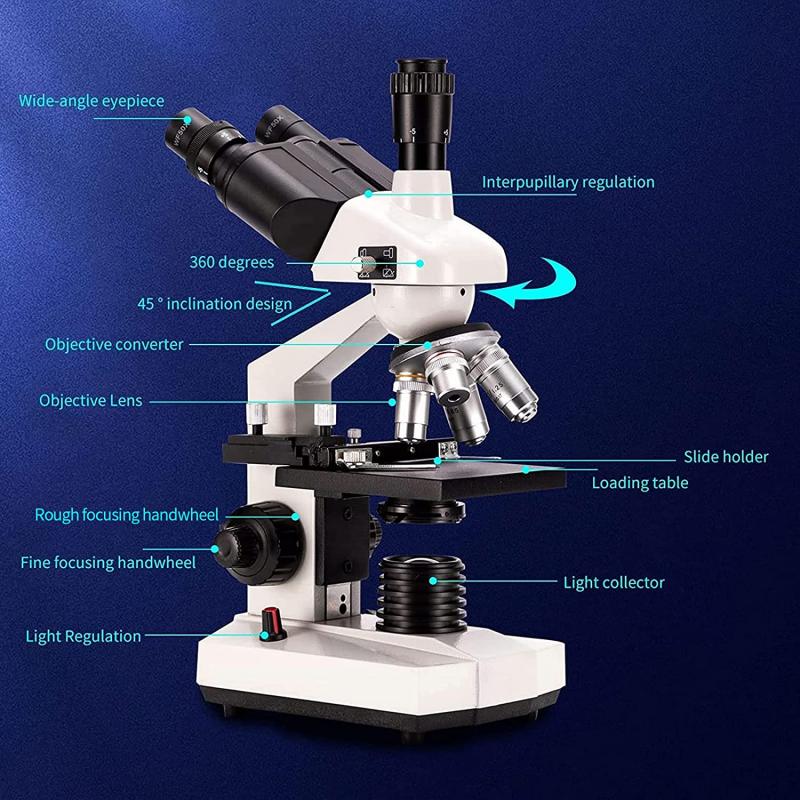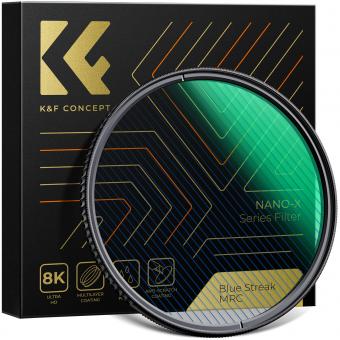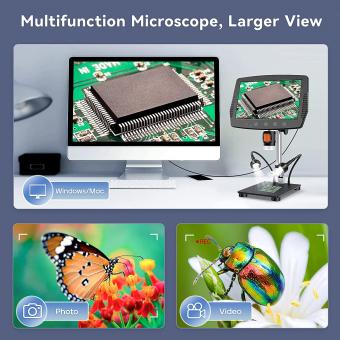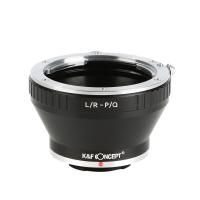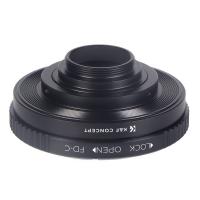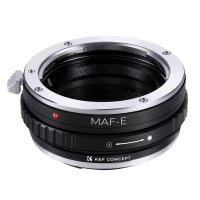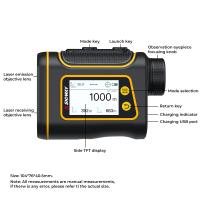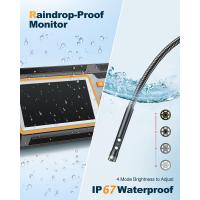What Are The Types Of Electron Microscopes ?
There are two main types of electron microscopes: transmission electron microscopes (TEM) and scanning electron microscopes (SEM). TEMs use a beam of electrons that passes through a thin specimen to create an image. They are capable of achieving very high magnification and resolution, allowing for detailed examination of the internal structure of the specimen. SEMs, on the other hand, use a focused beam of electrons to scan the surface of a specimen. They provide a three-dimensional image of the surface topography and can also provide information about the composition of the specimen. Both types of electron microscopes have their own advantages and are widely used in various scientific fields for studying a wide range of materials and biological samples.
1、 Transmission Electron Microscope (TEM)
The types of electron microscopes include the Transmission Electron Microscope (TEM), Scanning Electron Microscope (SEM), and Scanning Transmission Electron Microscope (STEM). Among these, the TEM is one of the most widely used and versatile electron microscopes.
The TEM operates by transmitting a beam of electrons through a thin specimen, allowing for high-resolution imaging of the internal structure of the sample. It can provide detailed information about the sample's composition, crystal structure, and morphology. The TEM has been instrumental in various fields of research, including materials science, biology, and nanotechnology.
In recent years, advancements in TEM technology have further enhanced its capabilities. For instance, aberration correction techniques have significantly improved the resolution of TEM images, enabling researchers to observe atomic-scale details. Additionally, the development of environmental TEMs allows for in-situ observations of dynamic processes, such as chemical reactions or phase transformations, under controlled environmental conditions.
Furthermore, the integration of electron energy-loss spectroscopy (EELS) and electron diffraction techniques with TEM has expanded its analytical capabilities. EELS enables the analysis of elemental composition and chemical bonding, while electron diffraction provides information about crystal structure and orientation.
The latest advancements in TEM technology also include the incorporation of electron tomography, which allows for three-dimensional imaging of samples. This technique has proven invaluable in studying complex biological structures, such as viruses or cellular organelles, in their native state.
In conclusion, the Transmission Electron Microscope (TEM) is a powerful tool for high-resolution imaging and analysis of various materials. Ongoing advancements in TEM technology continue to push the boundaries of what can be observed and analyzed at the atomic and nanoscale levels.
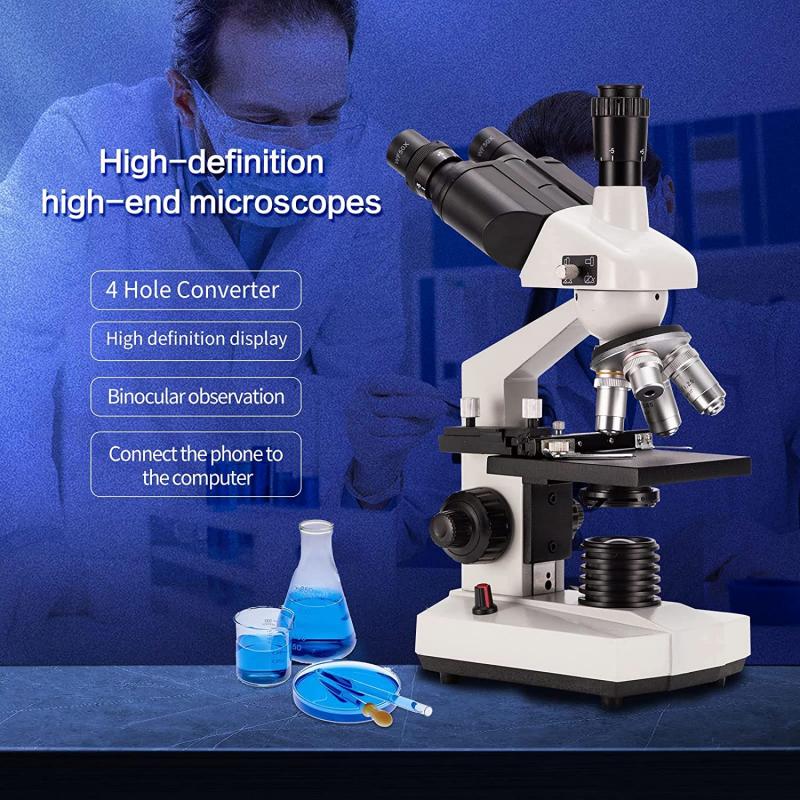
2、 Scanning Electron Microscope (SEM)
The types of electron microscopes include the Scanning Electron Microscope (SEM), Transmission Electron Microscope (TEM), and Scanning Transmission Electron Microscope (STEM). Among these, the SEM is widely used for its ability to provide high-resolution images of the surface of a sample.
The SEM works by scanning a focused beam of electrons across the surface of a sample, and detecting the secondary electrons emitted from the surface. This allows for the creation of detailed images that reveal the topography and composition of the sample. The SEM has a higher depth of field compared to other electron microscopes, making it particularly useful for examining three-dimensional structures.
In recent years, advancements in SEM technology have led to the development of new techniques and capabilities. For example, environmental SEM (ESEM) allows for the imaging of samples in their natural state, such as wet or hydrated samples. This has opened up new possibilities for studying biological samples and materials in their native environments.
Another recent development is the introduction of low-voltage SEM, which operates at lower accelerating voltages. This reduces the risk of sample damage and allows for the imaging of non-conductive samples without the need for coating them with a conductive material.
Furthermore, the integration of energy-dispersive X-ray spectroscopy (EDS) with SEM has enabled elemental analysis of samples. This technique provides information about the chemical composition of the sample, allowing for the identification of elements present and their distribution within the sample.
In conclusion, the SEM is a versatile tool for imaging and analyzing the surface of a wide range of samples. Ongoing advancements in SEM technology continue to enhance its capabilities, making it an indispensable tool in various fields of research and industry.

3、 Scanning Transmission Electron Microscope (STEM)
The types of electron microscopes include the Scanning Transmission Electron Microscope (STEM), which is a powerful tool used in various scientific fields. STEM combines the capabilities of both scanning electron microscopy (SEM) and transmission electron microscopy (TEM), allowing for high-resolution imaging and analysis of samples.
STEM works by scanning a focused electron beam across the sample, similar to SEM. However, unlike SEM, STEM also collects transmitted electrons, providing detailed information about the sample's composition and structure. This allows for imaging at atomic resolution and the ability to analyze the chemical composition of the sample.
STEM has been widely used in materials science, nanotechnology, biology, and other fields. It has played a crucial role in advancing our understanding of materials at the nanoscale, enabling researchers to study the arrangement of atoms and the behavior of materials at unprecedented levels of detail.
In recent years, there have been advancements in STEM technology, such as the development of aberration-corrected STEM. This technique corrects for aberrations in the electron beam, resulting in even higher resolution imaging and improved analytical capabilities. Aberration-corrected STEM has opened up new possibilities for studying materials with atomic precision and has contributed to breakthroughs in fields like catalysis, energy storage, and quantum materials.
Overall, STEM is a versatile and powerful tool that continues to push the boundaries of scientific research. Its ability to provide atomic-scale imaging and analysis has revolutionized our understanding of materials and has the potential to drive further discoveries in various scientific disciplines.
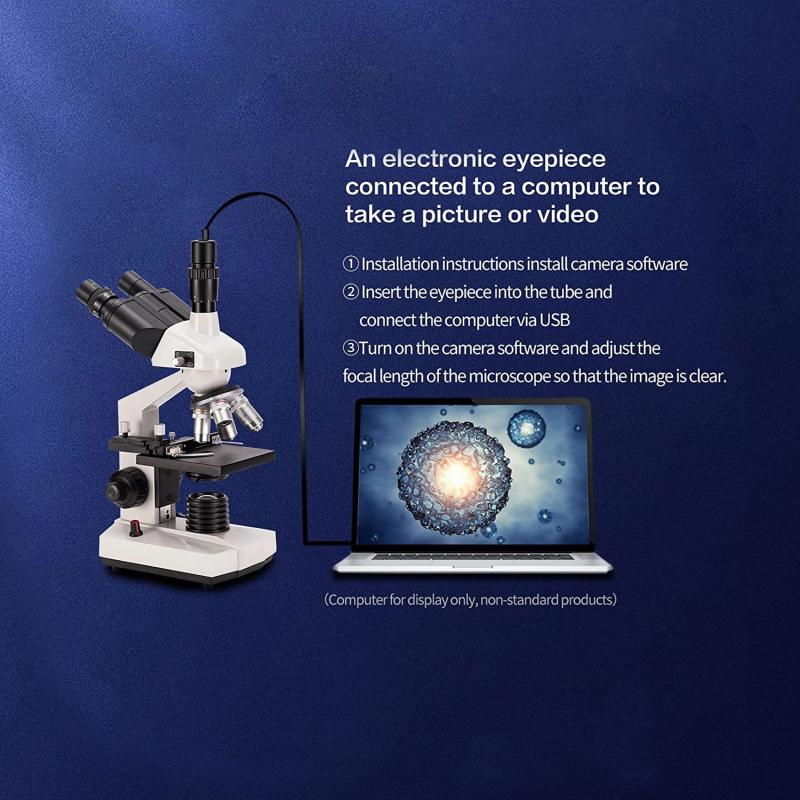
4、 Environmental Scanning Electron Microscope (ESEM)
The Environmental Scanning Electron Microscope (ESEM) is one of the types of electron microscopes used in scientific research and imaging. It is a powerful tool that allows scientists to observe and analyze samples at high magnification and resolution.
The ESEM is specifically designed to study samples that are not suitable for traditional scanning electron microscopy (SEM) due to their sensitivity to vacuum conditions. Unlike conventional SEM, the ESEM can operate at higher pressures, allowing for the imaging of samples in their natural, hydrated state. This makes it particularly useful for studying biological samples, such as cells and tissues, as well as materials that are prone to dehydration or damage under vacuum conditions.
The ESEM works by introducing a gas into the microscope chamber, which creates a controlled environment for the sample. This gas helps to maintain the sample's integrity and prevents dehydration. The gas also acts as a medium for electron scattering, allowing for imaging of non-conductive samples without the need for coating them with a conductive material.
In recent years, there have been advancements in ESEM technology, such as the incorporation of environmental chambers that can control temperature and humidity. This enables researchers to study samples under more realistic conditions, mimicking their natural environment. Additionally, improvements in detector technology have enhanced the imaging capabilities of ESEM, allowing for higher resolution and more detailed analysis.
Overall, the ESEM is a valuable tool in scientific research, particularly in the fields of biology, materials science, and environmental science. Its ability to image samples in their natural state, without the need for extensive sample preparation, makes it a versatile and powerful instrument for studying a wide range of samples.
